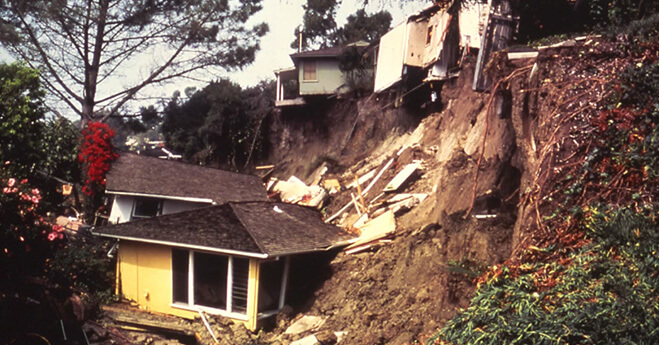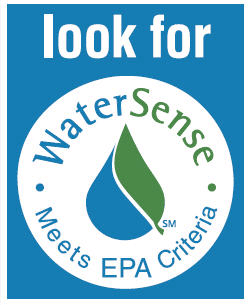Nordic Region Announces Investor Scores for Carbon Emissions

The Carbon Disclosure Project (CDP) works with thousands of companies worldwide to achieve a more sustainable environment. FirstCarbon Solutions has teamed up with CDP to produce carbon footprint scores for many of these companies. Participating companies were asked to complete a questionnaire of CDP requirements. The answers were then used to compile disclosure and performance scores. These scores help to encourage companies to increase emissions measurement and information disclosure, ultimately improving management of environmental risk. This article discusses the score results for the Nordic region, which includes Denmark, Finland, Norway and Sweden.
Will the Presidential Election Shape Environmental Planning?

A generation or two ago, the protection and conservation of our environment was an overlooked subject for most Americans. While there were always a few who voiced their concern over our interaction with the environment, only recently has the topic served as a catalyst for discussion in the greater public forum. Terms considered commonplace today such as greenhouse gas emissions, global climate change and carbon footprint were unfamiliar ideas not too long ago; and the Environmental Protection Agency (EPA), the National Environmental Policy Act (NEPA), and the California Environmental Quality Act (CEQA), all of which were designed to protect the interests of the environment, were still in their relative infancy. The lack of environmental conciseness bled into American politics as well, and with the exception of a handful of prominent political figures (see T. Roosevelt, Carter, Gore), politicians preferred to take a laissez faire approach to the environment.
Addressing Environmental Constraints in Development Plans

Thoroughly evaluating environmental constraints and associated requirements and regulations is essential to any successful land-use plan. In the case of private development, understanding environmental constraints and the cost and feasibility of potential mitigation is key to understanding the true value of real property and whether a project will “pencil out”. Likewise for public agencies, without a working knowledge of the underlying environmental hurdles and associated mitigation costs, the land plans of communities won’t be implemented, and the future vision of the community unrealized. Evaluating potential environmental impacts early, during land acquisition and site design, avoids expense and lost time for development projects.
The Business Case for Sustainable Companies: The Perfect Storm

An interview with renowned speaker Bob Willard. Before Harvard’s Michael Porter coined the theory of “shared value” which means that “societal needs, not just conventional economic needs, define market,” there was Bob Willard.
3 Steps to Wind, Solar, and Renewable Energy Management in Your Sustainability Plan

Corporate Sustainability Management: Maximizing the Potential of Your Sustainability Policies

It is well understood that the natural environment underpins the world’s economic and social systems (i.e. we need clean air to breathe, water to drink and natural resources to use in our daily lives). Our “economy” cannot function without drawing in natural resources from the environment and finding sustainable ways to absorb the unwanted by-products, or externalities, of economic production.
Assessing the Environmental Impacts and Human Effects on Bats

Don’t know much about bats? Read more to learn about their importance, their habitat, and what you should do if you encounter one.
Achieving Environmental Water Management Efficiency

Although approximately 70% of the Earth’s surface is covered by water, less than 1% is available for human use. Since 2006, the EPA’s WaterSense Program has helped consumers and businesses save a cumulative 287 billion gallons of water and over $4.7 billion in water and energy bills. EPA’s WaterSense Program promotes and enhances the market for water-efficient products and services, and educates homeowners, businesses, landscapers and others. WaterSense also develops performance criteria for water efficient products and services.